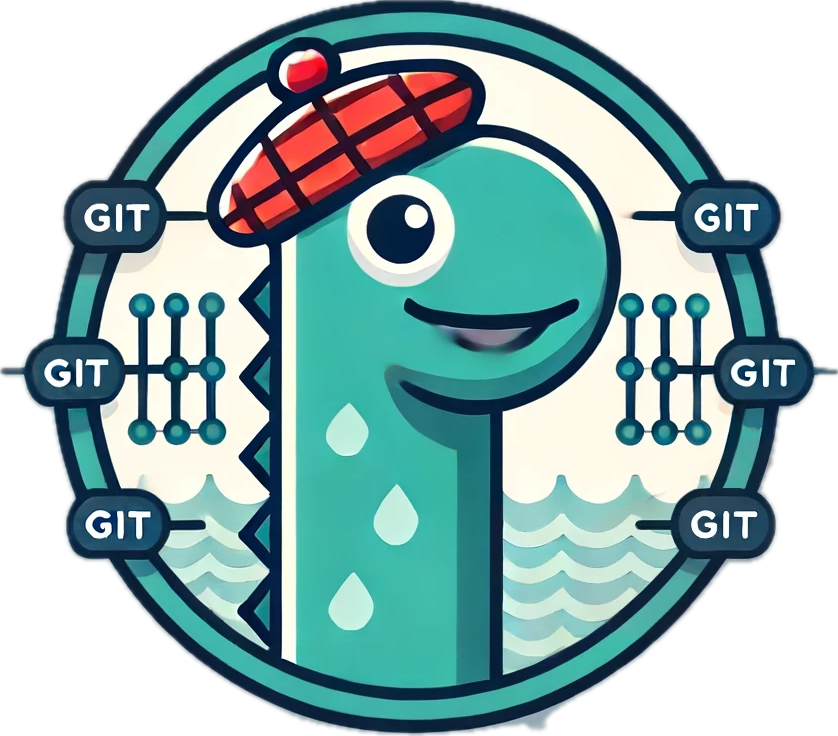Overview¶
Nessie is an OSS service and libraries that enable you to maintain multiple versions of your data and leverage Git-like Branches & Tags for your Data Lake. Nessie enhances the Apache Iceberg table format with version control techniques!

- Try Nessie with Iceberg REST
- Configure Nessie with Iceberg REST
- About Nessie
- Introduction
- And the other guides
For more production-like information, please refer to the